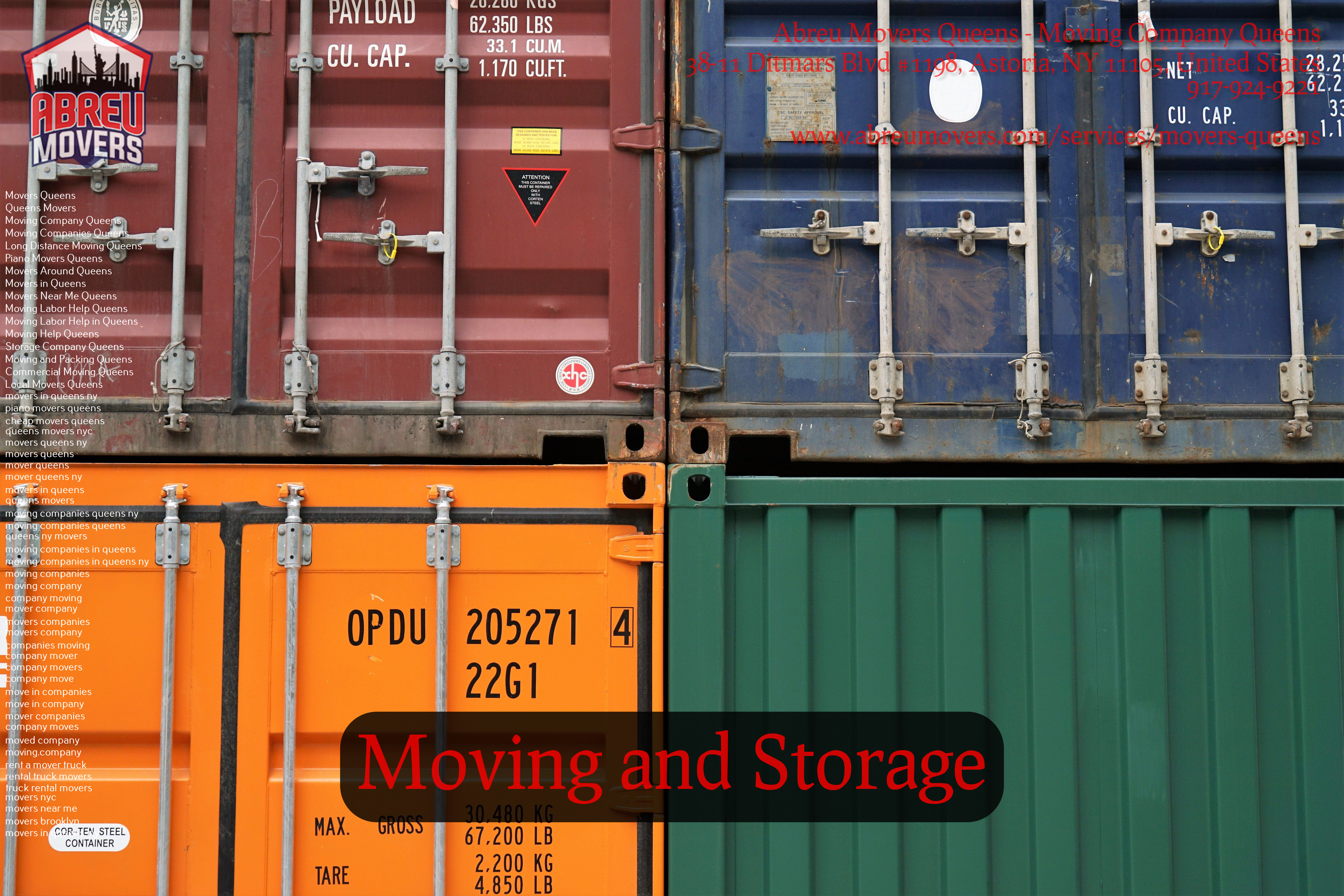


Introduction
Moving to a new place can be an exciting but also stressful experience. There are so many things to consider and plan for, from packing up your belongings to arranging transportation. One important aspect that often gets overlooked is preparing a first aid kit for emergencies during the move. Accidents can happen at any time, and having a well-stocked first aid kit can provide peace of mind and ensure that you are prepared to handle minor injuries or illnesses that may occur during the moving process.
Why is it important to pack a first aid kit?
Moving and packing can be physically demanding tasks that involve lifting heavy objects, maneuvering furniture, and navigating tight spaces. Inevitably, accidents can occur, such as cuts, scrapes, bruises, or even more serious injuries. Additionally, stress and fatigue associated with the move can weaken your immune system, making you more susceptible to illness. Having a first aid kit readily available can help you address http://edgarclmz061.image-perth.org/how-to-pack-a-first-aid-kit-for-emergencies-during-a-move these issues promptly and effectively.
How to Pack a First Aid Kit for Emergencies during a Move
1. Start with a sturdy container
Choose a durable container that is spacious enough to hold all the necessary items while still being compact and easy to carry. A plastic storage box with a lid or a small tackle box are good options.
2. Gather essential supplies
Make sure to include the following items in your first aid kit:
- Adhesive bandages in various sizes Sterile gauze pads Medical tape Antiseptic wipes or solution Tweezers Scissors Disposable gloves Thermometer Pain relievers (such as acetaminophen or ibuprofen) Antihistamines (for allergies) Antibiotic ointment Hydrocortisone cream (for insect bites or rashes) Calamine lotion Cold and hot packs Sunscreen Eye drops Oral rehydration solution (such as Pedialyte) First aid manual
3. Organize and label
Keep your first aid supplies organized by using ziplock bags or small containers to separate different items. Label each compartment or bag for easy identification.
4. Include personal medications
If you or anyone in your family has specific medical conditions that require regular medication, make sure to include an ample supply in your first aid kit. This may include prescription medications, inhalers, insulin, or allergy medication.
5. Check expiration dates
Regularly check the expiration dates of all items in your first aid kit and replace any expired or damaged items. It is crucial to have up-to-date supplies to ensure their effectiveness when needed.
6. Consider additional items
Depending on your specific needs and circumstances, you may want to include additional items in your first aid kit, such as:
- Emergency contact information Personal identification documents Spare keys Flashlight with extra batteries Whistle or signaling device Insect repellent Disposable face masks and hand sanitizer (especially during a pandemic)
FAQs about Packing a First Aid Kit for Emergencies during a Move
Q: How do I know if my first aid kit is complete? A: Refer to a comprehensive first aid checklist to ensure that you have included all the necessary items for a well-stocked kit.
Q: Should I pack multiple first aid kits for a move? A: It's a good idea to have at least one first aid kit easily accessible during the move, but you may also consider packing smaller kits for specific areas of your new home.
Q: Can I use expired medications in my first aid kit? A: It is best to replace expired medications as they may not be as effective. Expired medications can also pose potential risks.
Q: How often should I check and restock my first aid kit? A: It is recommended to check your first aid kit every 6-12 months and replace any expired or used items.
Q: Can I use a regular box instead of a designated first aid kit container? A: While you can use any container, it is advisable to have a dedicated first aid kit container that is easily identifiable and portable.
Q: Where should I store my first aid kit during the move? A: Keep your first aid kit in a secure but easily accessible location, such as in your car or in a clearly labeled box.
Conclusion
Packing a first aid kit for emergencies during a move is an essential step in ensuring your safety and well-being throughout the moving process. By following these guidelines and including the necessary supplies, you can be prepared to handle any minor injuries or illnesses that may occur. Remember to regularly check and restock your first aid kit to keep it up-to-date and ready for any situation. A well-prepared first aid kit provides peace of mind and allows you to focus on the excitement of starting a new chapter in your life.